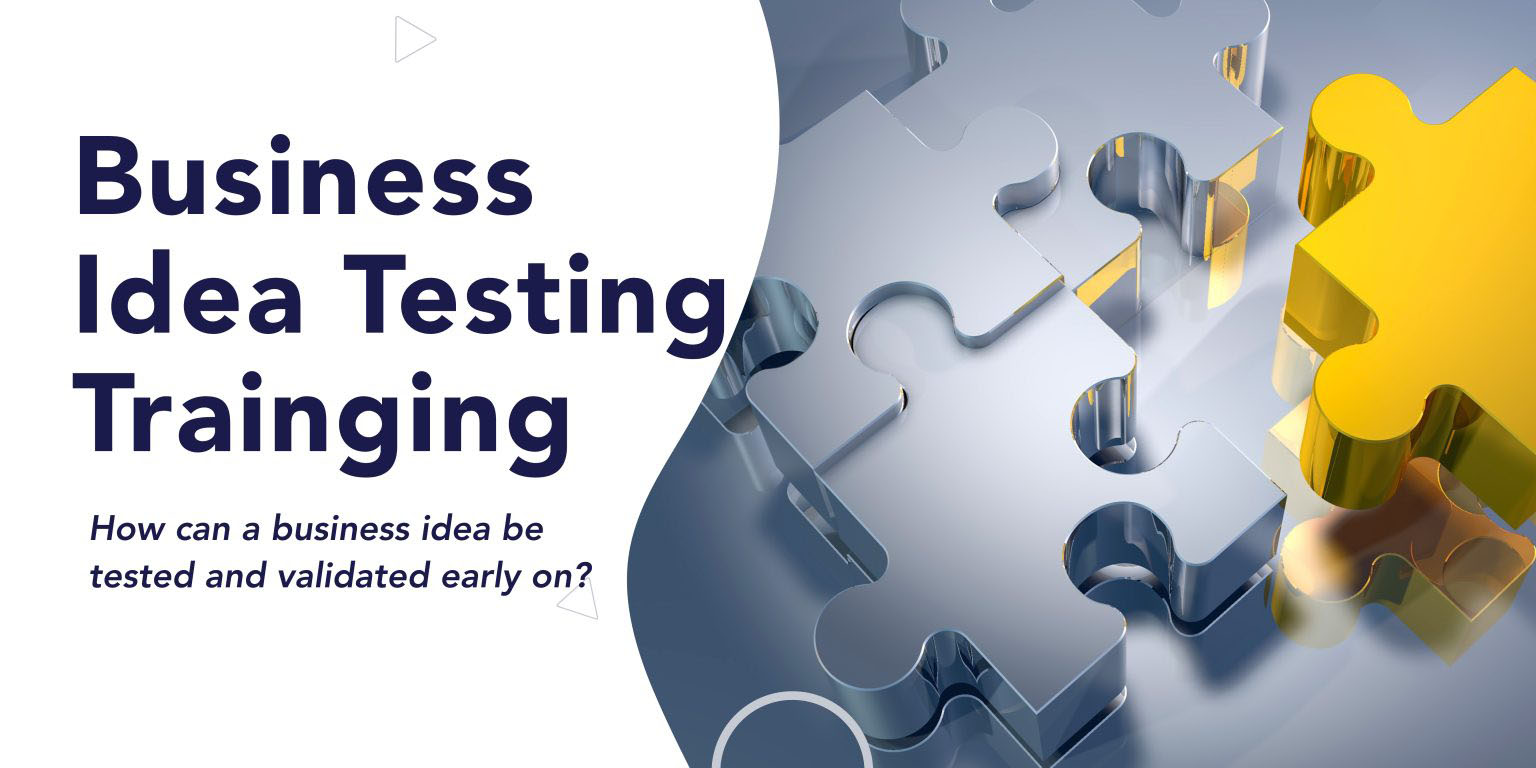When creating and developing business ideas, many people face doubts that often boil down to the same question – Is this idea good? – Is this idea good?
When creating products or services, ideas often arise from casual conversations, by looking at the competition, or even during moments of inspiration.
The focus of this training is to equip you with the ability to immediately start researching an idea for a product or service as soon as you receive it, in order to determine its viability. You will receive tools that you can use individually or as a group, as well as those that can be implemented in a day or over a longer period.

What will you learn in the training?
The first step in validating an idea is to check whether your idea is grounded in user needs. Will you develop something that users need? How can you be sure that a need exists and how important it is? How much does it matter to users that you solve their problem? If it turns out that your idea is not good and does not bring value to users, can you change the idea more or less to hit what users need? How do users assess how good your idea is?
We can often learn about how good our idea is based on an analysis of the existing market. Even in situations where we claim that our product has no competition. How to conduct research that, based on an analysis of existing products and services, will tell us how much sense our idea makes?
How to make your thinking about the idea clear and precise? How can you express it in numbers? Precise or measurable definition of an idea begins with the development of hypotheses that you can often test within a few hours or days. How can you be sure that you have predefined and understood all the risks if you start developing the idea?
How to develop ideas that are grounded in well-understood user needs? We often develop products and services that are not accepted as we expected; How can we be sure that we have an idea that will delight users?
How to make your thinking about the idea clear and precise? How can you express it in numbers? How do you know what to make first from your idea? Users will need to see or try something, how do you know what you need to make? And how attractive does it have to look?
You must precisely define all the phases in which users will encounter your idea. When we define this precisely, it will be much easier to discover early risks of the idea, as well as improvements before the idea is made.
The final phase of validating your idea is testing. What can you and your team do to assess the quality of the idea when the idea is nearing completion? What to ask users? How to ask them? How to interpret the data? What is a good result? What to observe when your user takes the product in hand?
Who is the Speaker?
Milovan was the first user experience researcher in the world dedicated to the massively popular football game Top Eleven Manager. He is one of the pioneers in applying user experience research to mobile games in Southeast Europe. Milovan guides us to better understand our product and service users, to clearly define their needs, and how our product solves their problems.
He has summarized his many years of experience in the very current book “Design Thinking,” co-authored with Marko Jevtić.
Milovan Dekić
User Research Lead at Nordeus

Agenda
What do users need?
- How to recognize a user need?
- How to be sure how important and urgent a need is?
- How to view a need from multiple angles?
- How to formulate user needs into the goals of your product or service?
- Defining desired and expected outcomes for users
How to analyze the market?
- How to identify competitors?
- How to analyze competitors?
- How to identify the bad and the good sides of competitors?
- How to analyze how users use user products?
How to define hypotheses about users and competitors?
- Testable hypotheses versus weak hypotheses
- Personas and bullshit personas
- Hypotheses about using your product
Generating ideas based on findings about users and the market
- Value proposition
- Prioritizing ideas: basic vs. ideas to delight users
- Ranking ideas
Defining narratives
- Discovery
- Acquisition
- Retention
- Conversion
“Making” an idea
- How to decide what goes into the first version of the product (prototype)?
Types of testing
- Heuristic evaluation
- Significance – importance
- Expectation testing
- Usability testing
- Satisfaction testing
- Long-term satisfaction testing

